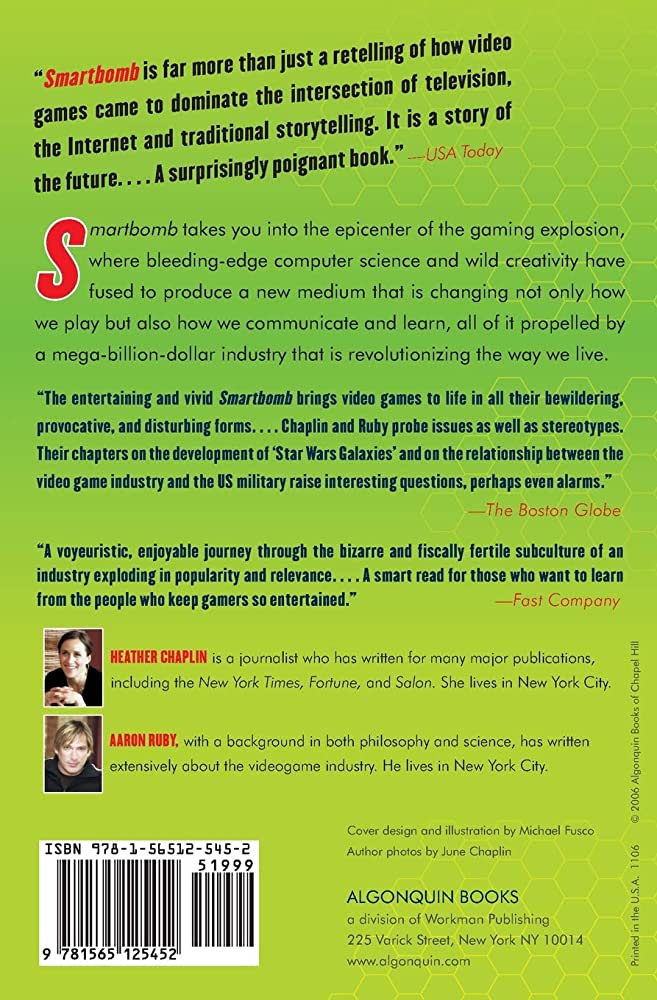The use of traditional art techniques, such as painting and drawing, has influenced the overall look and feel of video games. Examples of this can be seen in games like “Hollow Knight,” “The Legend of Zelda: Breath of the Wild,” and “Horizon Zero Dawn.” The blending of traditional and digital art techniques has also allowed for a unique style in games like “Cuphead” and “Ori and the Blind Forest.” As the video game industry continues to advance, traditional art techniques will likely continue to play a significant role in video game design.
The Intersection of Traditional Art and Video Game Design
Video games have become a major form of entertainment for millions of people around the world. As the technology behind video games continues to advance, it has enabled game designers to create more immersive and visually stunning games. One of the factors that contribute to the visual quality of modern video games is the use of traditional art techniques in game design.
What is Traditional Art?
Traditional art refers to art forms that have been around for centuries, including painting, drawing, sculpture, and printmaking. These art forms require a skilled artist to create an image and convey an emotion that resonates with the viewer. The use of traditional art techniques in video game design is not a new phenomenon, as roots date back to the early days of video game design.
Artistic Influence in Video Games
The incorporation of traditional art techniques in video games has influenced the overall look and feel of games. One example of this is seen in the art style of games such as “Hollow Knight,” a 2D platformer with a hand-drawn art style that resembles traditional etchings. This game’s art style helps immerse the player in a world that feels otherworldly and surreal.
Video game artists and designers work together to create an immersive world that excites and entertains players. The artistic components help to communicate the world’s atmosphere, characters, story, and gameplay mechanics. Games such as The Legend of Zelda: Breath of the Wild and Horizon Zero Dawn showcase how traditional art influences game design. These games incorporate traditional techniques such as brushstrokes and color theory to convey a unique, visually striking look.
Blending Traditional and Digital Art
The blending of traditional and digital art techniques is an innovative approach to game design that allows artists to use the best of both worlds. By combining traditional techniques, such as painting or drawing, with digital elements like 3D models, game designers can create a unique style that stands out.
Games like Cuphead and Ori and the Blind Forest demonstrate how traditional and digital art techniques can be merged, creating a visually stunning and unique game. Cuphead uses traditional techniques, such as hand-drawn animation and watercolor backgrounds, to create a game that is both nostalgic and innovative. Ori and the Blind Forest uses lighting and color theory to create an immersive world, reminiscent of traditional landscape paintings.
Conclusion
Traditional art techniques have played a significant role in video game design, and they continue to do so. Video game design and traditional art are like two sides of the same coin, each learning and adapting from the other in order to create better, more intricate pieces of art. As the video game industry advances, it is exciting to imagine the unique, engaging, and beautiful games that will be created through the continuing intersection of traditional art and video game design.
